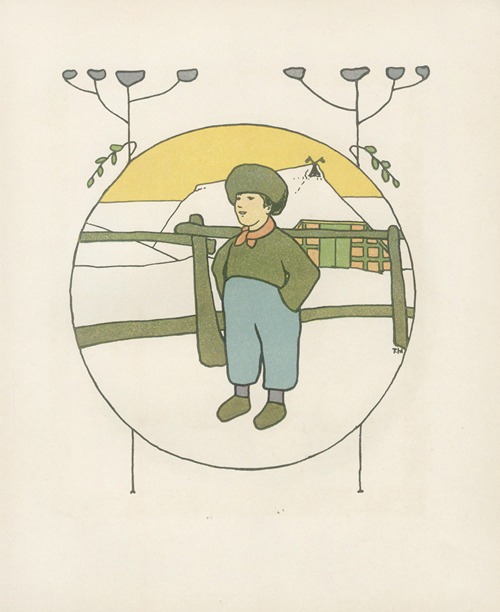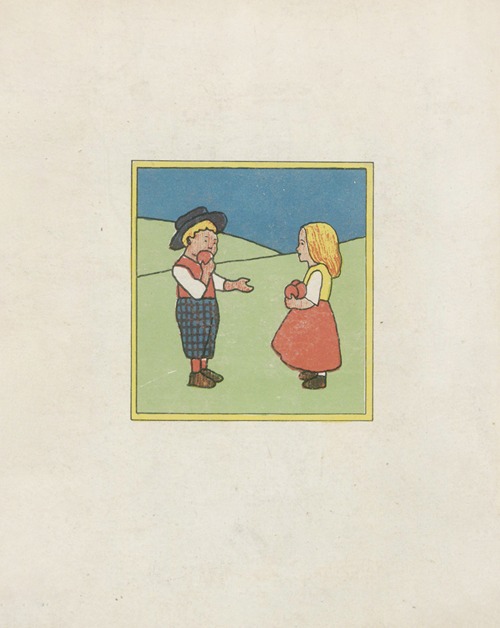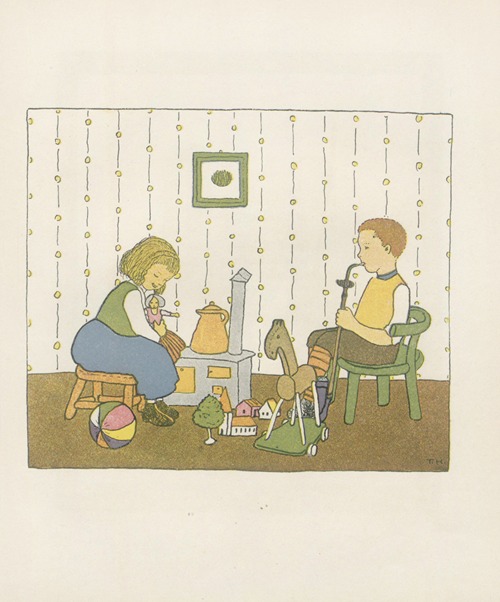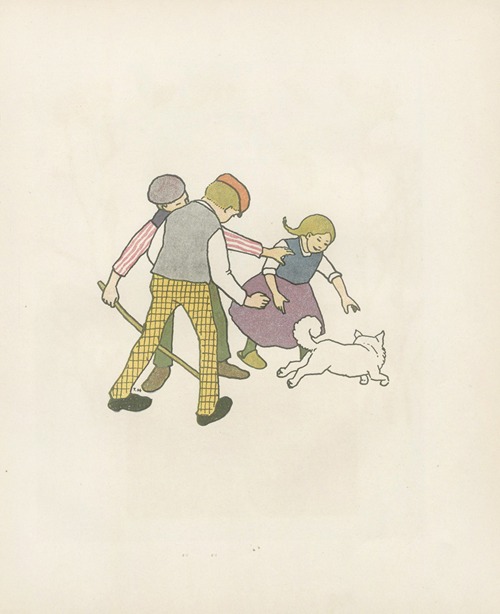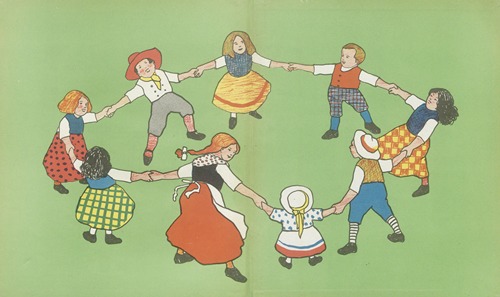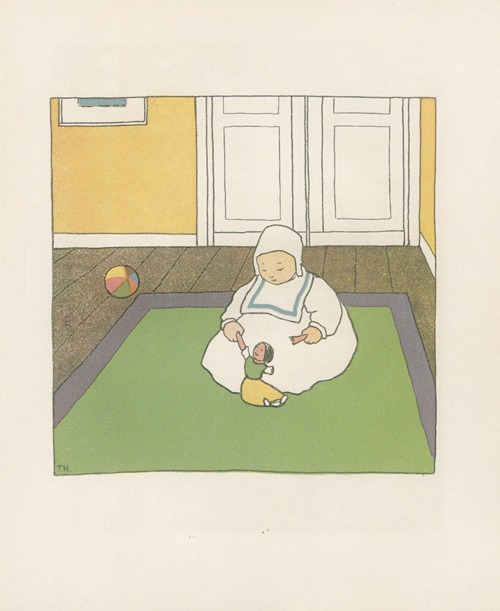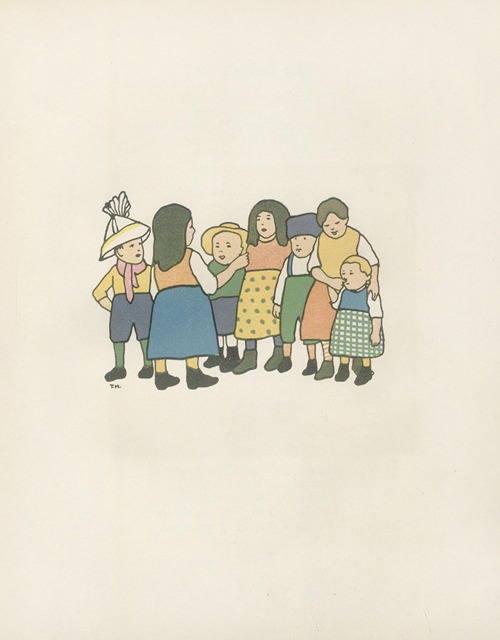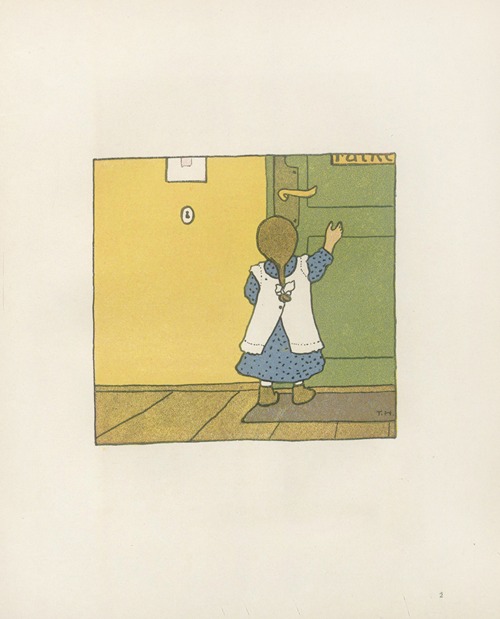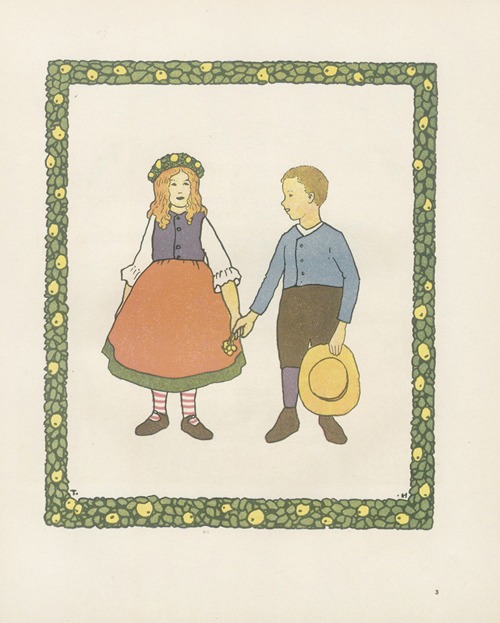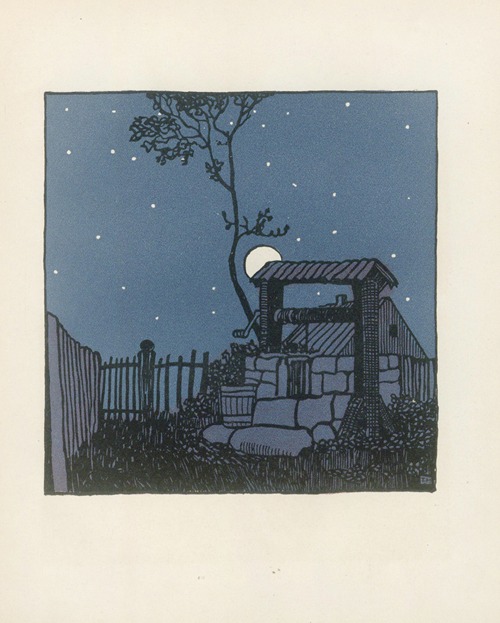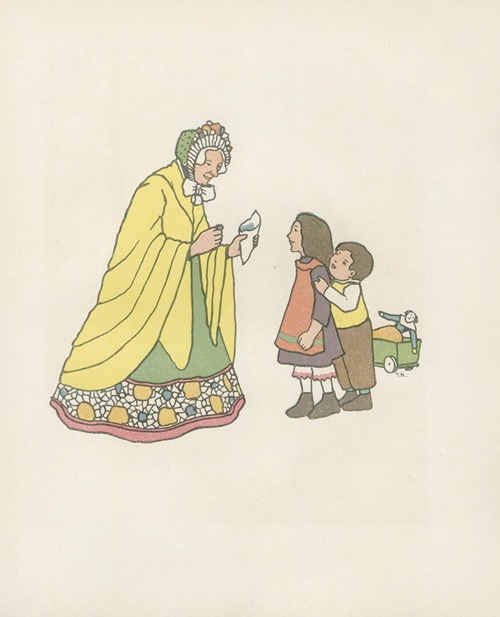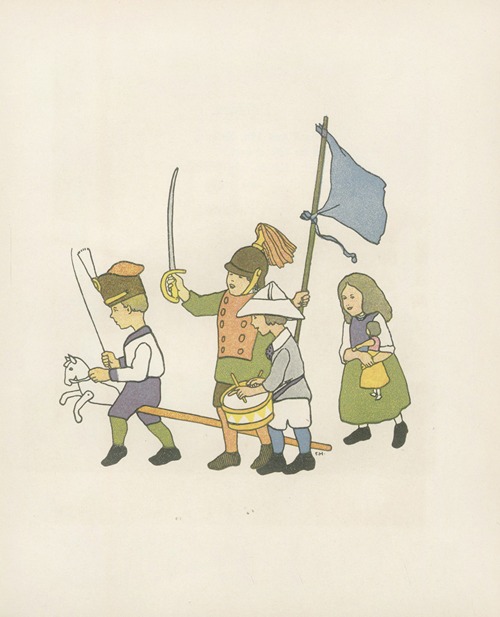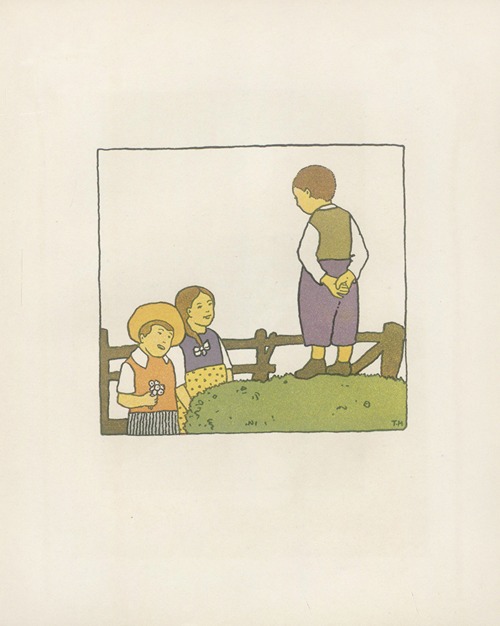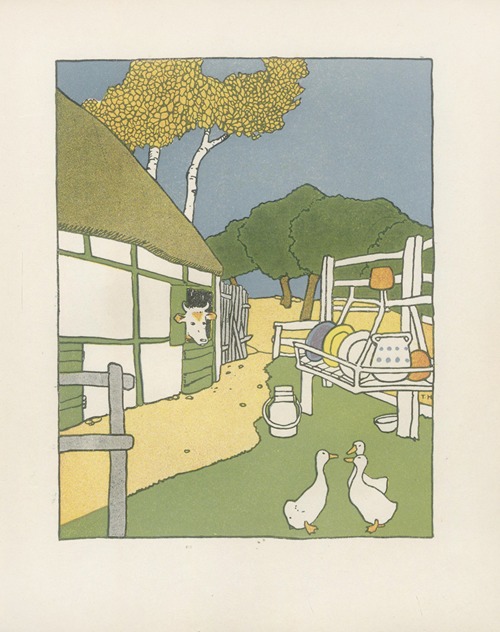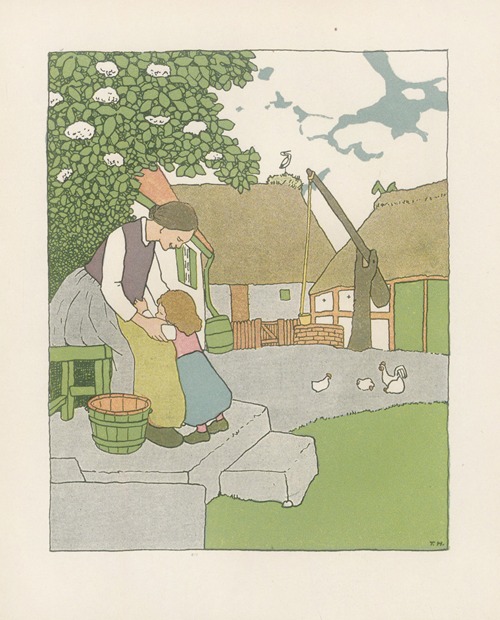
Theodor Herrmann was a German Impressionist and Art Nouveau painter, draughtsman and graphic artist. He belonged to the second generation of the Worpswede artists' colony.
Herrmann was the son of the owner of a building business. He attended the Burggraben elementary school in Stade and the Athenaeum Stade grammar school on the Pferdemarkt until 1896. Following his early inclinations towards drawing and theater, he studied at the Grand Ducal Saxon School of Art in Weimar under the painter Count Leopold von Kalckreuth, who supported him. He continued his studies at the Academy of Fine Arts in Karlsruhe in 1898. Several seascapes from this period are known. In 1899, he followed Kalckreuth and studied at the Academy of Fine Arts in Stuttgart. He produced his first book illustrations, including for the Schünemann publishing house for the newspaper Niedersachsen and for several books.
From 1901 he lived in Ritterhude. He was now in close contact with the Worpswede artists' colony. He created drawings of landscapes of Bremen and the surrounding area. In 1903 he moved to Zeven. It was here that he made contact with the prehistorian and local historian Hans Müller-Brauel and his friends. The artist Ernst Müller-Scheessel, founder of the Bremen Artists' Association, and the entrepreneur Ludwig Roselius secured a number of commissions. He designed friezes of the Hodenberg country estate of the shipowner Robert Rickmers in Oberneuland and illustrated books by the writer Heinrich Scharrelmann.
From 1904 he lived in Oberndorf an der Oste. Further illustrations for books and calendars followed. From 1905 to 1906 he traveled through Bavaria and Italy. From 1906 his studio was in Hamburg and from 1907 to 1910 he worked for Müller-Brauel's arts and crafts center in Zeven. In 1913 he lived in Berlin, then again in Hamburg, where he was commissioned to create stage sets and illustrations. During the First World War, he served as a soldier on the Eastern Front from 1914, where he produced many sketches. He returned to Hamburg in 1916.
In 1918, he settled in Bremen with a studio on Neustadtswall in the Neustadt district and then in the old town, Hinter dem Schütting No. 8. His relationship with the director of the Kunsthalle Bremen, Emil Waldmann (1880-1945), is said to have been poor. Although he was represented in exhibitions, his works were not purchased; only the oil painting Riviera Landscape from 1926 came to the Kunsthalle as a gift from Roselius in 1928. He tried unsuccessfully to become a teacher at the Bremen School of Art. His works during his time in Bremen include paintings in Bremen houses, a carnival picture in the Bremen Ratskeller, a mural in the Scheeßeler Mühle and other illustrations.
Herrmann's urn was buried in the Stade garrison cemetery.
